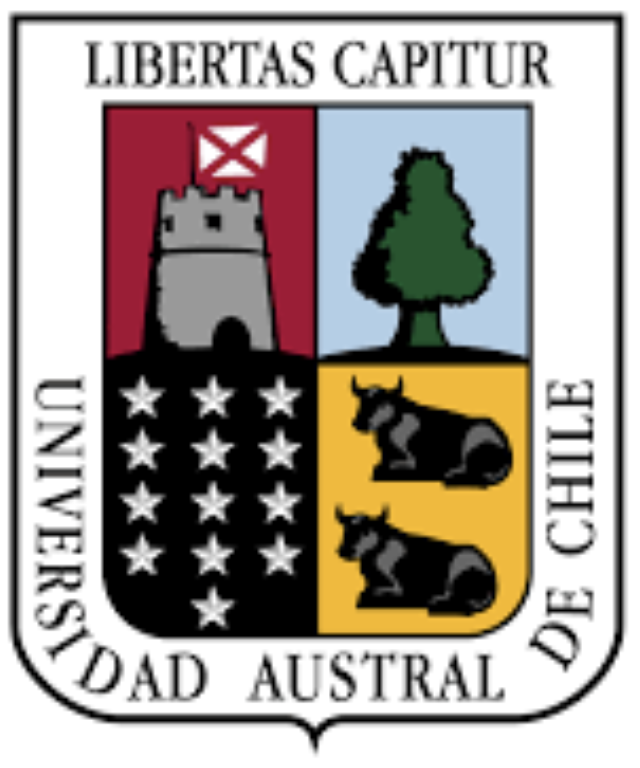Main Article Content
Jun 13, 2025
Abstract
The Virtual Reference Station (VRS) method utilizes a virtual station located just a few meters away from the traveling receiver, without the need for additional equipment. In this method, the observation data for the virtual reference station point are generated using data from the surrounding reference stations, as if the instrument was placed at the virtual reference station. Virtual Reference Station networks employ real-time kinematic solutions to achieve high accuracy. In this study, the coordinates obtained from the CORS-VRS network were compared with those obtained using a static technique for the same points in a forested environment. The results of the experiment show that CORS-VRS can achieve 1-2 cm horizontal accuracy and 2-5 cm vertical accuracy in forested areas. Despite the challenges posed by the tree canopy and signal loss, the results indicate that the CORS-VRS technique improves positioning accuracy in forested environments.
Downloads

This work is licensed under a Creative Commons Attribution-NonCommercial 4.0 International License.


